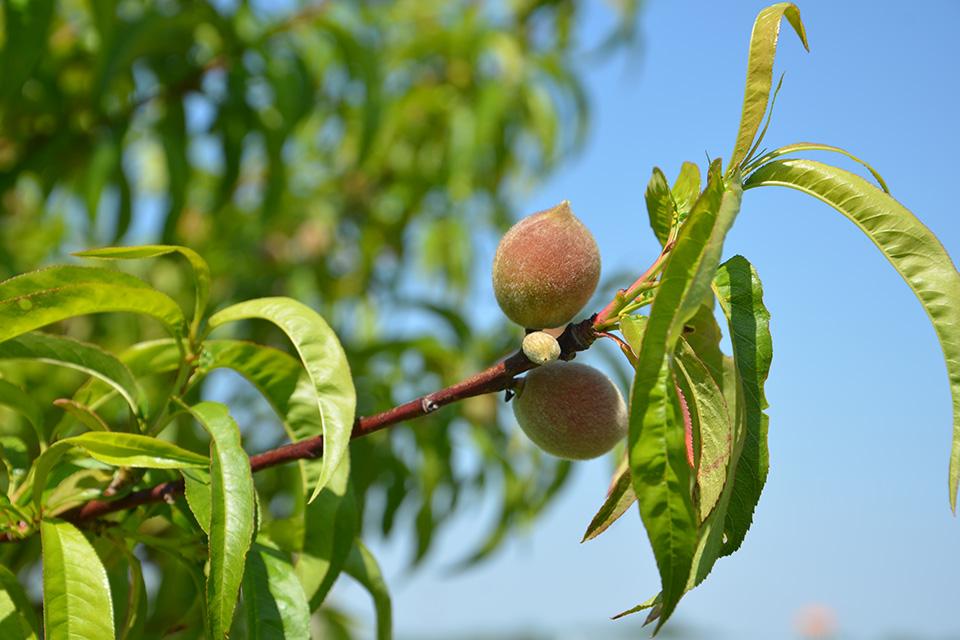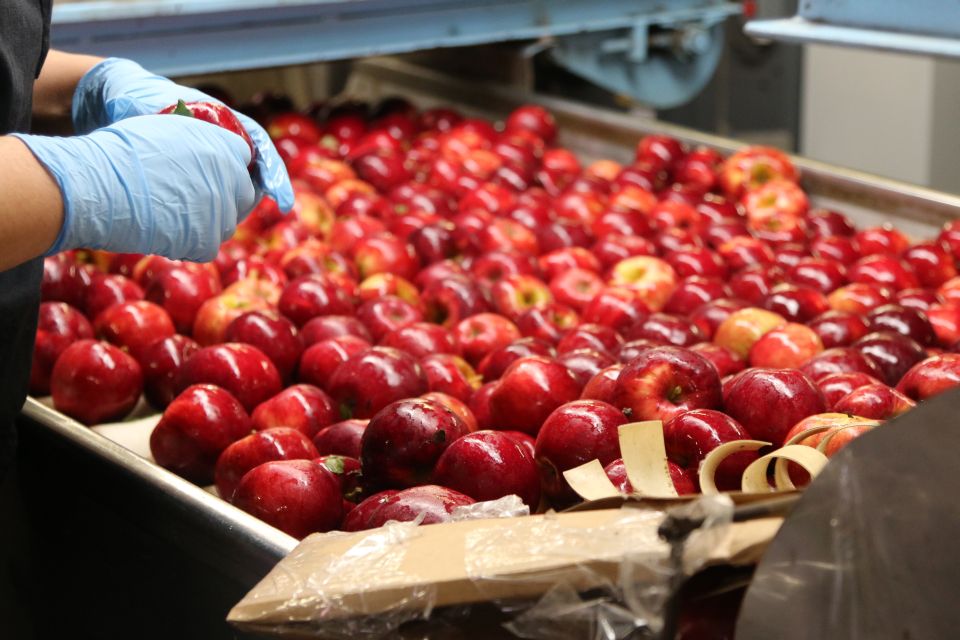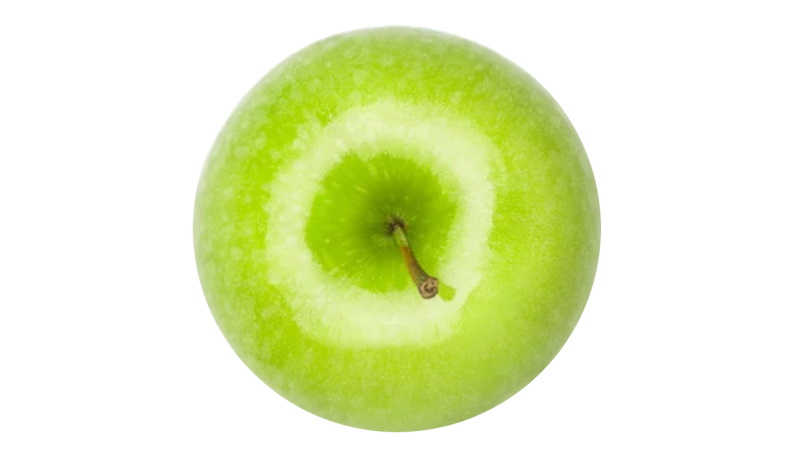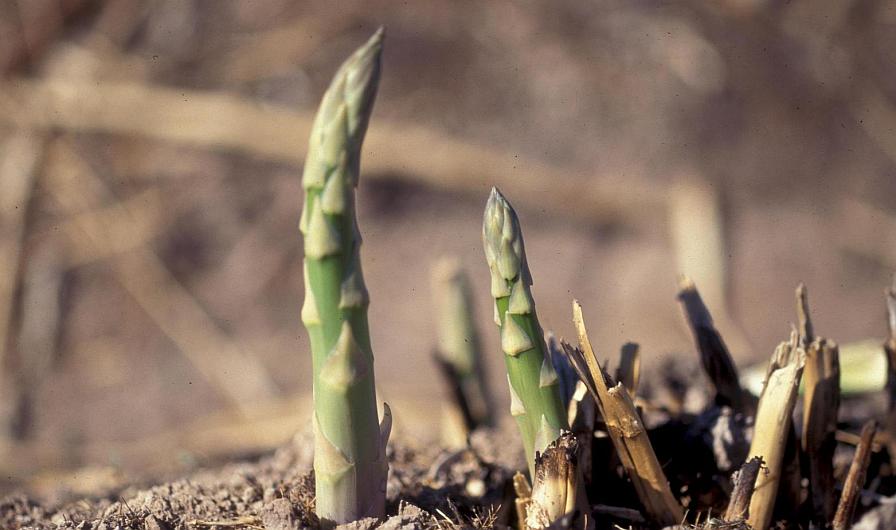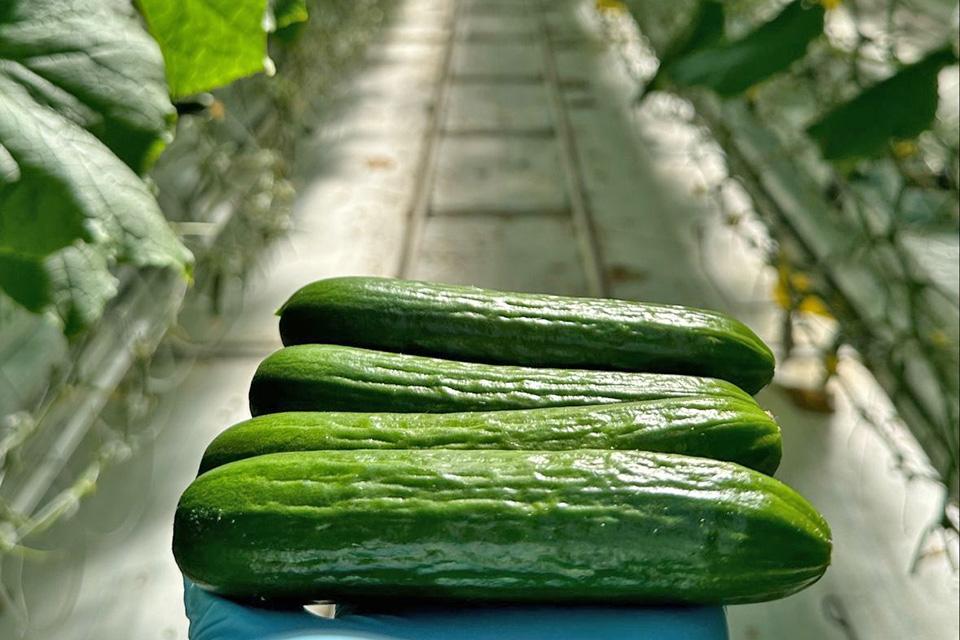Early Detection Program Finds SWD In Michigan
Spotted Wing Drosophila (SWD), a small vinegar fly native to Asia, has been found in traps deployed this year by Michigan State University (MSU) entomologists in southwestern Michigan. This pest is established in the western U.S., damaging fruit in California and the Pacific Northwest, but this is the first time it has been found in the Midwest.
SWD is a pest of berry crops, cherries, grapes, and tree fruit, with a preference for softer fleshed fruit. No flies were trapped in Michigan through the summer months this year, but in late September and early October, monitoring traps in southwestern Michigan picked up male and female SWD. This pest has not been found in any fruit, and flies were trapped only after crop harvest was complete.
A Michigan SWD response team was formed earlier this year to survey the states’ fruit industries and to develop a preemptive Early Detection-Rapid Response (ED-RR) Plan as part of an integrated pest management (IPM) strategy for SWD. The response team is comprised of entomologists from the MSU Departments of Entomology and Horticulture, MSU Extension staff, staff members from the Michigan Department of Agriculture (MDA) and fruit commodity group leaders. The plan included setting out traps across Michigan for SWD in crops that the pest is known to affect. Implemented in spring 2010, the ED-RR Plan has enabled early detection of SWD.
Further monitoring is underway this fall to determine the distribution of this fly in Michigan. Members of the SWD response team are urging fruit growers in the state to become aware of this pest and to plan for ED-RR through trapping, monitoring and crop-specific control measures as part of their IPM program for 2011.
“We have been aware of SWD since it was first discovered in 2008 in California,” says Rufus Isaacs, berry crops entomologist at MSU and the chair of the response team. “Our response team set up 300 traps in June in more than 100 fruit-growing sites and check them regularly. The traps were monitored the entire season with no positive finds of SWD until late September in a few fruit farms. This is probably because harvest was complete in July and August, so growers were no longer actively managing pests in those fields.”
Isaacs says that because the pest was found after fruit harvest, there was no threat that the pest was in harvested fruit. He also noted it was found in an area that had minimal insect management. “This pest was found only late in the season, so this gives us an opportunity to help growers learn what they need to know to effectively address SWD in 2011,” says Isaacs. “The SWD response team is confident that Michigan growers can control this pest with proper management.”
Because SWD has not been previously found in Michigan, it is unknown if it will survive the cold winter.
“If SWD is detected again next year, it is one more insect pest that Michigan fruit growers will need to add to their crop management programs. IPM strategies will be implemented next year to help monitor and control SWD,” Isaacs adds.





